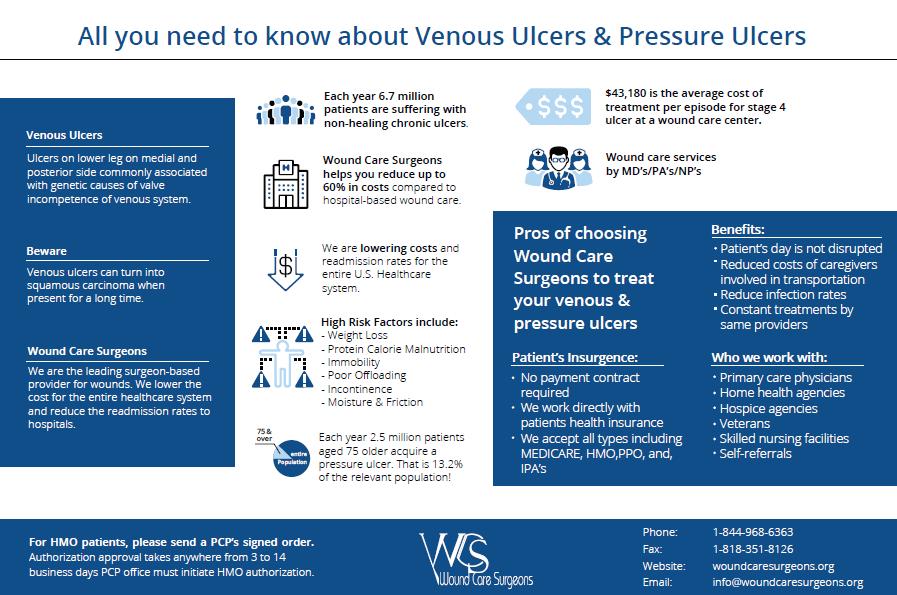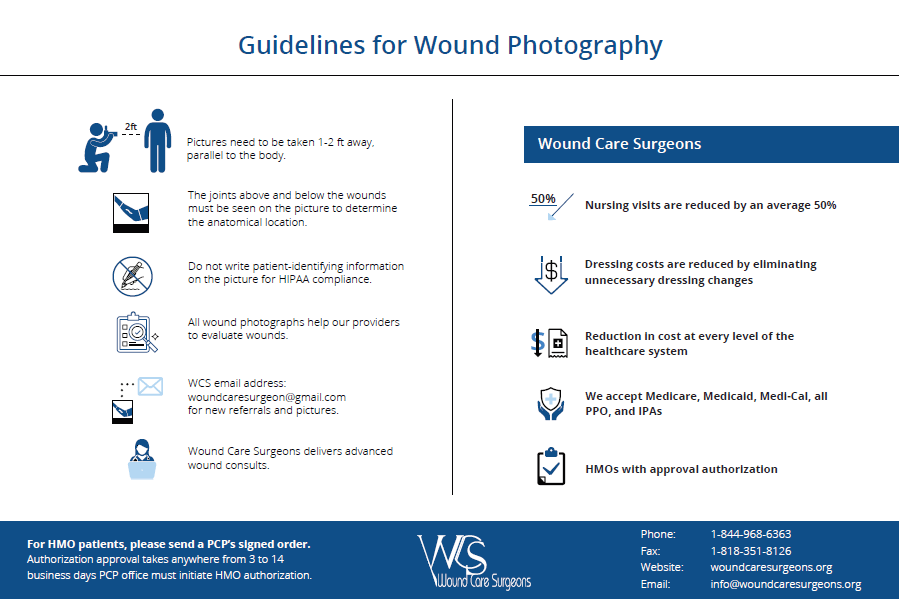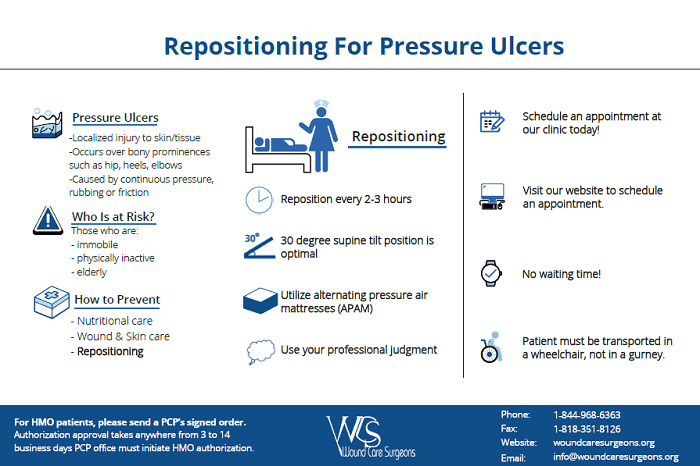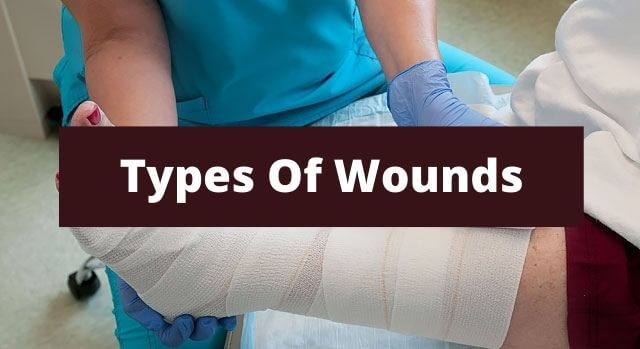
What is a Venous Ulcer?
Ulcers are the open skin sores that can affect any area of your skin but most of the time, they occur on the legs. But what is a Venous ulcer exactly? Venous ulcers or leg ulcers are the wound on your leg or foot caused by the poor blood circulation in the veins of your leg. They are very slow to heal and usually take more than six weeks to heal. They mostly appear on the legs but they can also occur in other areas of your body. You must consult a doctor if you have a Venous ulcer as it can sometimes lead to more severe problems if not treated on time.
Causes
Venous ulcer is the most common type of leg ulcer that often forms around the ankles as a result of leg veins not being able to keep blood flowing back to the heart. Due to the damage to the valves inside the leg veins, if the blood pressure inside your leg veins does not circulate as you walk, the condition is called sustained venous hypertension.
In most cases, it affects the body’s ability to pump blood effectively resulting in poor blood circulation in the lower leg. Since blood is not circulating properly, the legs swell. There can be several factors that contribute to the formation of Venous ulcers like a blood clot, trauma to the leg, inflammation, etc.
Symptoms
The primary symptoms of the Venous ulcer include swelling and cramping in the leg. This chronic non-healing wound may make you feel heavier than normal and you may suffer itching or tingling.
-
A rash or dry skin
-
A sore with a red base that may usually be covered by yellow tissue
-
Leg pain
-
A foul-smelling fluid discharging from the sore
-
Brownish discoloration etc.
This can also be infectious if you notice:
-
Redness or swelling in the surrounding area
-
Pain
-
Fever
-
Pus
-
A high temperature of 38ºC (100.4ºF) or above
Who is Affected?
Venous Ulcer is more common in older people, particularly women and you are more prone to develop a Venous Ulcer if you:
-
Cannot move properly
-
Are obese
-
Have previous leg injuries
-
Have varicose veins
-
Smoke etc.
Management/Treatment
Venous Ulcer is not a condition that can heal with time. Without consulting a professional, they can result in severely painful or life-threatening conditions while larger ulcers may take longer to heal. It usually takes a quick examination of the sore and the skin around it to find out if you have a Venous Ulcer. You can be asked for a history of ongoing conditions, if you have any, for eg, diabetes, etc. The treatment of a Venous Ulcer include:
-
Compression bandage or stockings to improve the blood circulation in your leg and boost your body’s ability to heal the ulcer.
-
Your physician may ask you to raise your leg for set lengths of time, for eg, 30 minutes 3 to 4 times a day to improve circulation.
-
If the ulcer is infected by bacteria, you will be given antibiotics to clear the infection.
-
You should also try to keep moist dressing to put over the ulcer as it helps heal the wound more quickly.
-
In some cases, there can be surgeries to improve the blood circulation in your leg. This will help ulcers to heal and prevent future blood pooling and ulcers.
Prevention
To prevent Venous Ulcers in the future, there are several ways you can consider to bring some life changes and to promote a healthy flow of blood in the leg veins. It includes:
-
Avoid/quit smoking
-
Lose weight
-
Do regular exercises
-
Control chronic conditions such as high BP, or diabetes.
-
Do not stay in the same position for hours ie take breaks
-
Decrease the use of salt in your diet
-
Take aspirin to prevent blood clots
-
Wear compression stockings to improve pressure in your legs
-
Keep your legs elevated
Are you feeling pain in your leg? Are there any symptoms of Venous ulcers? The Wound Care Surgeons are the leading surgeon-based provider for wounds providing personalized vein diagnosis and treatment by lowering the cost for the entire healthcare system. Contact us today for the highest standard of care at reduced transmission rates to hospitals.



